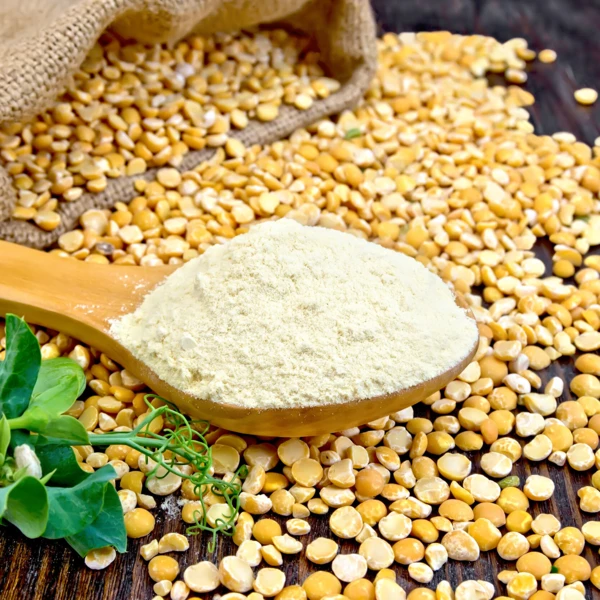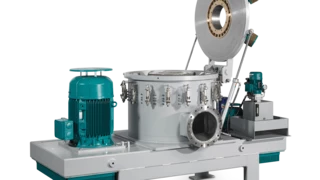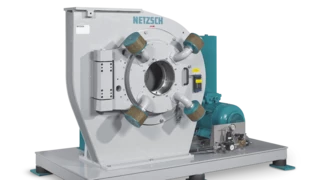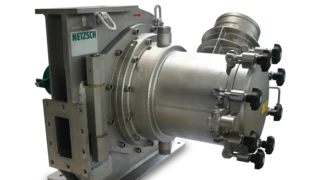
Продукты питания и кондитерские изделия
Спецмука / Обогащение протеином
Измельчение и классификация при высокой производительности
Во всем мире потребность в растительных белках очень сильно возрастает. Основными источниками являются соя, пшеница или горох. Все чаще в расчет принимаются региональные культуры, такие как конские бобы.

Промышленные промежуточные продукты - это обогащенные протеином мука или изолят, которые производятся мокрым или сухим способом или их комбинацией.
NETZSCH специализируется на обогащении протеином путем сухого помола. Этот процесс, взятый из классического производства муки, успешно используется для переработки бобовых, таких как желтый горох, конские бобы, бобы мунг или нут.
Целью процесса является увеличения содержания протеина в продукте, это отбор богатых протеином фракций путем измельчения и сепарирования.

Области применения
Пример применения
Бобовые
Processing step 1 – Production of refined flour
Ideally the cleaned legumes are dehulled prior to the protein shifting process to a residual portion of < 1 %. The refining serves to break the cell structure and to isolate the relatively large starch granules from the smaller protein granules. Depending on the product, the proteins have a particle size of < 3 µm, whereas the starch granules range from 3 to 40 µm.
Most important for the subsequent separation, is that during grinding, the difference in size between the protein and starch granules remains as large as possible. Care must be taken to not damage the starch granules in the process. The most effective and gentle way to achieve this is through impact grinding in a NETZSCH Classifier Mill, model CSM.
Processing step 2 – Efficient separation using a high-efficiency classifier, model CFS/HD-S
The resulting refined flour has a particle size between 40 and 70 µm and is then separated into a high-protein and low-protein fraction. This is a range that brings conventional sifting to its limits. For this reason, the fractioning for protein shifting is carried by dynamic air classifiers.
The NETZSCH High-Efficiency Fine Classifier, model CFS-HD/S is used to achieve the highest yields with a minimal loss of protein in the high-starch fraction.
As opposed to conventional classifiers, this classifier is highly compact and is equipped with a guide vane cage for most efficient dispersion and separation – the decisive advantages when viewing the economics of protein enrichment!


